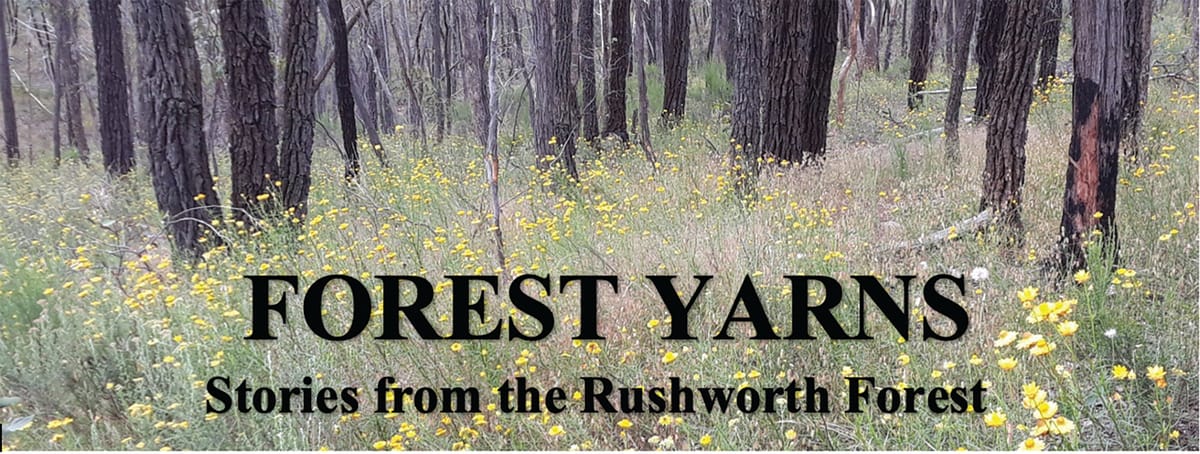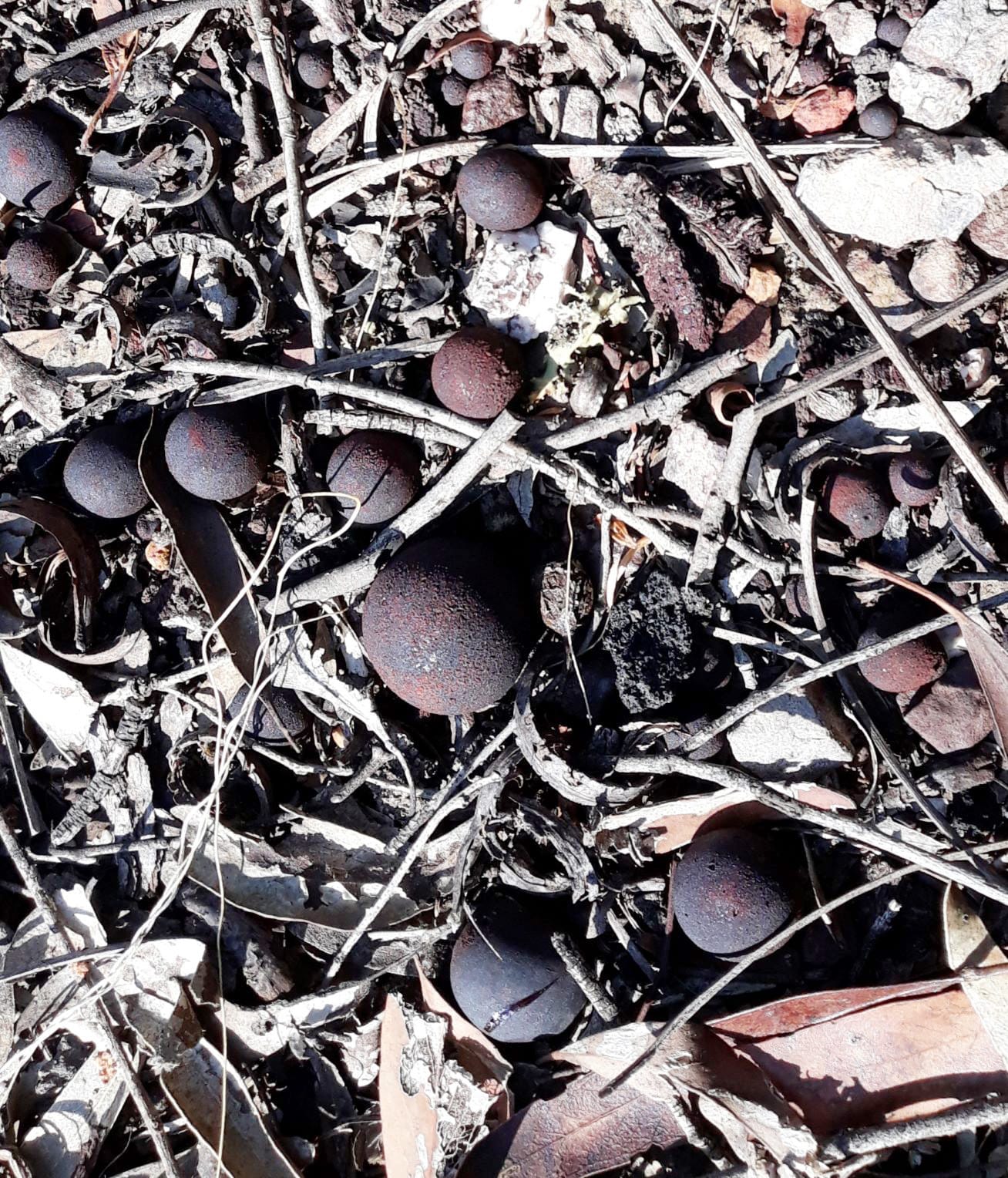Forest Yarns No 2
Aboriginal Connections


Aboriginal connections
The first users of the Rushworth Forest were the Aboriginal people who had been there for tens of thousands of years before European colonisation began to encroach on their country from the 1830s.
Many stories about these people were included in an earlier series which appeared in the Waranga News over four years (Waranga Dreaming 2019-22).1 Consequently, this current series of stories will not repeat the content of those stories, but will simply recap some of the main themes that were contained in that collection.
The people who traversed the country on foot and used the forests around Rushworth and Murchison before colonisation were the Ngurai-illum Wurrung people, who were part of what is now usually known as the Kulin Nation – a loose confederation of Aboriginal people who comprised several similar language groups, which had family connections and shared many cultural attributes.
Connection to country
It is hard for most of us to imagine the depth of connection between Aboriginal people and their Country. The connection was a practical one, because Country provided everything that the people needed to live their lives in a sustainable way. However, it was also a spiritual one, with many significant places throughout the local area that will largely remain a mystery to us. They could include places we now know by other names – the waterhole at Whroo, Balaclava Hill, the Mount Camel range, numerous wetlands including Reedy Lake and the former Waranga swamp.
There are magical places of significance in and around the Rushworth Forest that are an innate part of the former occupants and their descendants, and always will be. Travelling along songlines, they returned to them again and again throughout their lives, collecting ever-evolving stories that would be passed down orally over multiple generations. Sometimes this would be through narration of particular stories, while at other times it would be encapsulated in song, dance, ceremony and artwork.
Connection of people and Country remains strong, even though the descendants are now largely physically removed. For an Aboriginal person, it could be stated that they considered themselves part of their environment. In the context of these stories, they were ‘of the forest’, which would incorporate all the fauna, flora, geology and other aspects of the forest.
Products of the forest
In terms of the products that the Ngurai-illum Wurrung people obtained from the forest, water was obviously vitally important, as the forest is often extremely dry. One historian was convinced that the rock well at Whroo was part of a number of reliable water sources along the songlines between Reedy Lake and points to the north and west, some of which were mentioned above.2
Materials to make items essential to the daily lives of the Aboriginal people were collected in the forest – timber for weapons and tools, gum from the wattle and grass trees as adhesives, plants for making a range of other items such as fish traps and dilly bags, bark for building materials and making twine, stone and ochre, and medicinal plants amongst many others.
Food was also collected from the forest, including birds, animals and reptiles. With hollows in older trees providing homes for smaller animals like possums, the forest would be a rich food source, although hunting for kangaroo, a staple food, more often occurred on the plains to the north of the forest. By-products from these animals included skins, bones, teeth and sinews.
Many plant materials were also sourced for food, including the fruit of the cherry ballart, as well as various roots and leaves. Bush honey was reputed to have been much sought after.
One of the things that is clear from the Aboriginal way of life in the forest is that when something was taken, the harvester only took what was needed at the time. This meant that later sojourners were provided for.
With whatever was taken, very little or nothing was wasted. All parts of the animal or plant were used where possible. If a plant or animal happened to be a totem of a forager, then that species would not be touched by that person, and they would have a duty to ensure its welfare and conservation.
References
1 Ford, Tony, Waranga Dreaming – Stories of the Ngurai-illum Wurrung People and Their Country.
2 Parris, Harry (of Nagambie)




